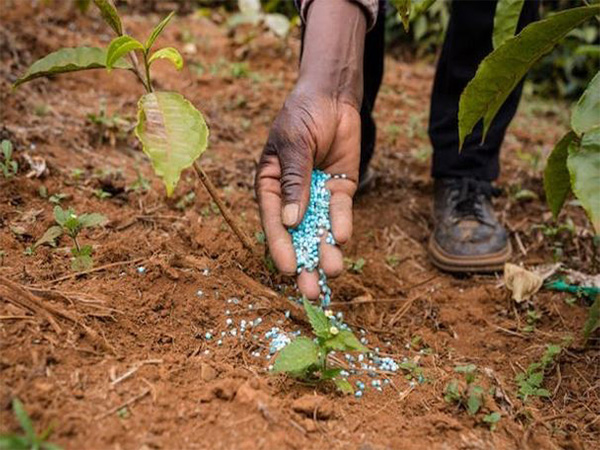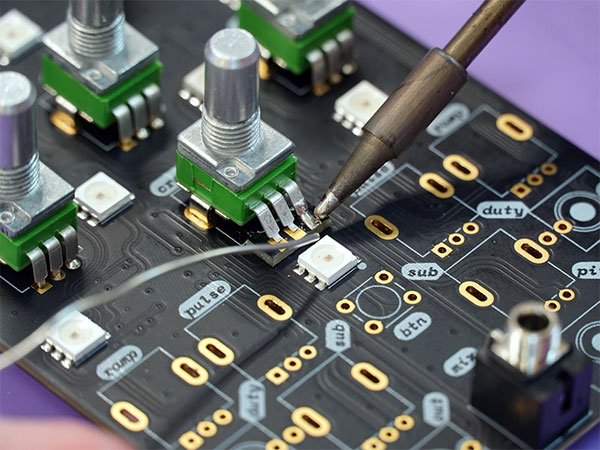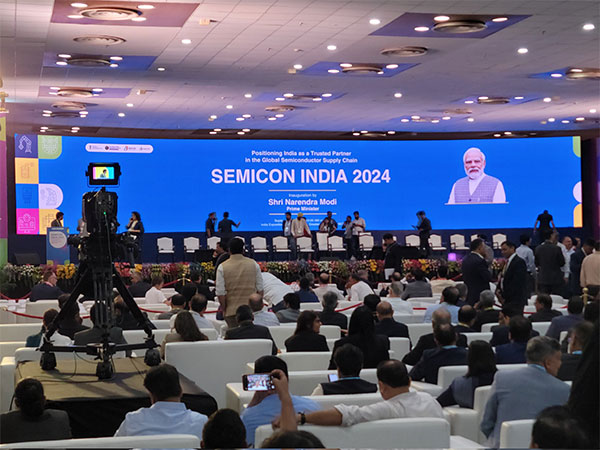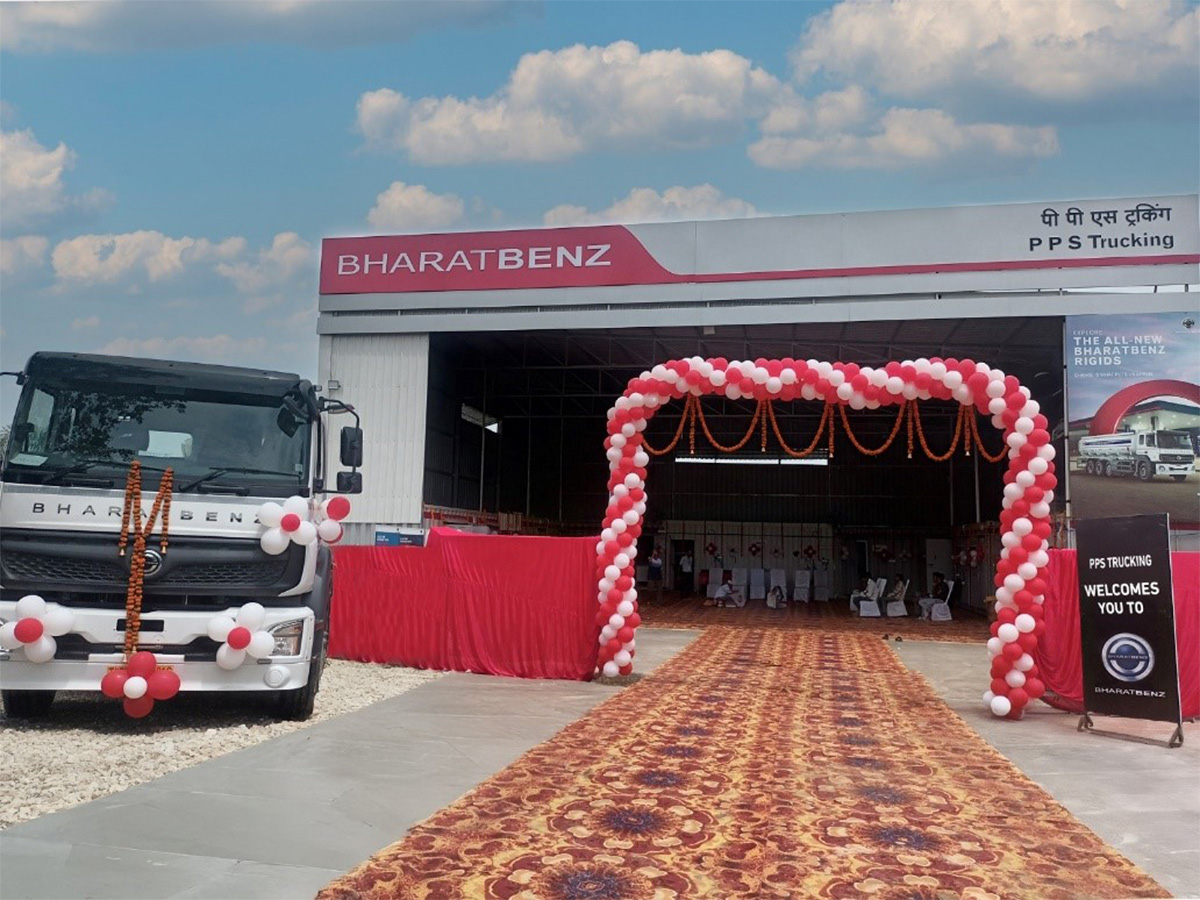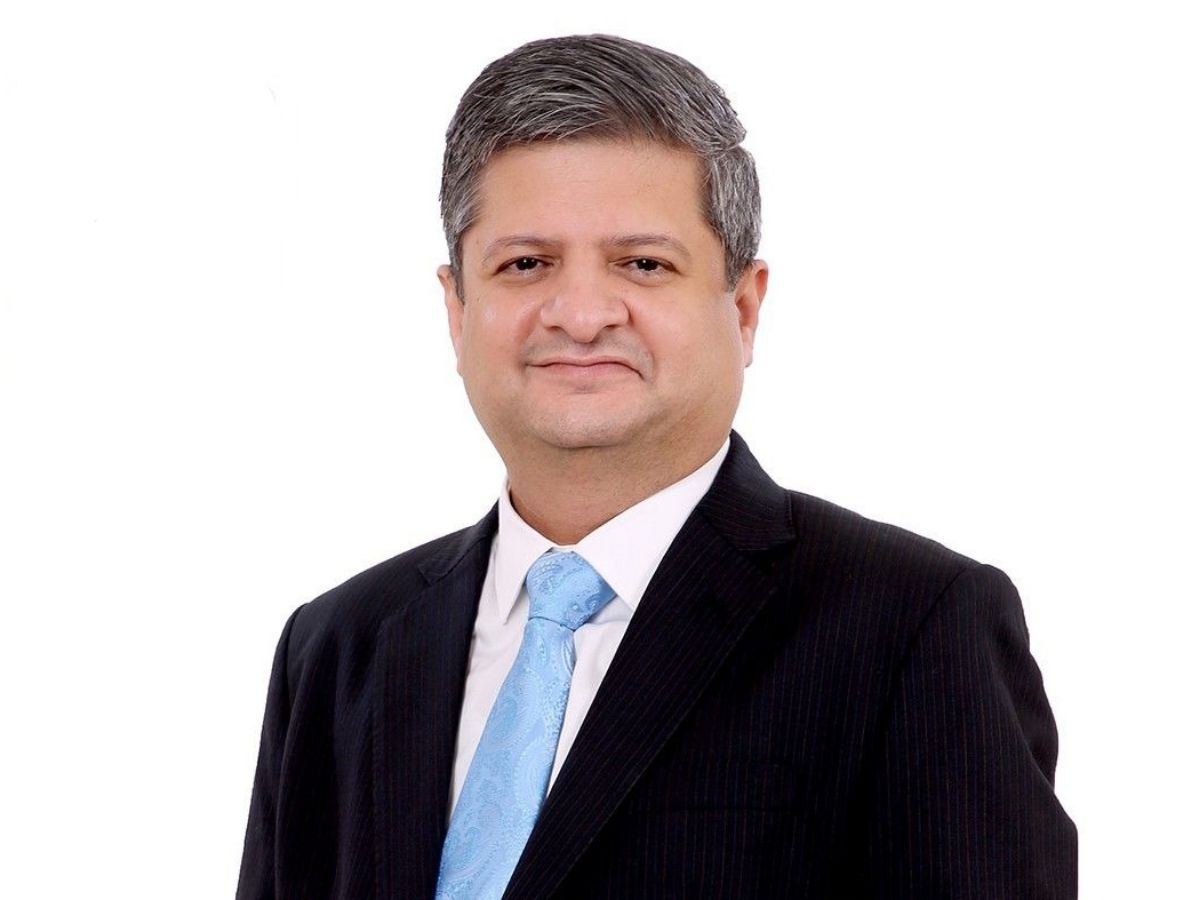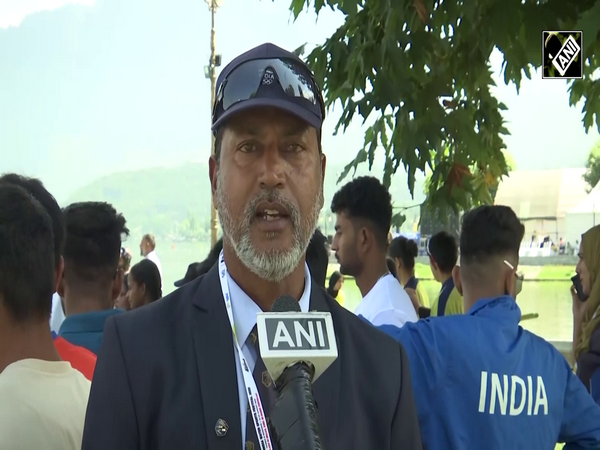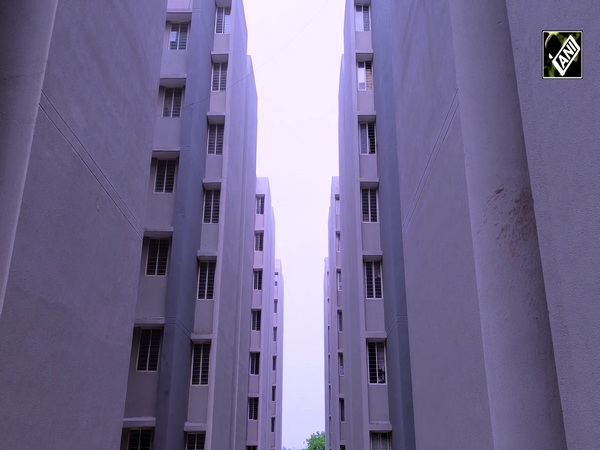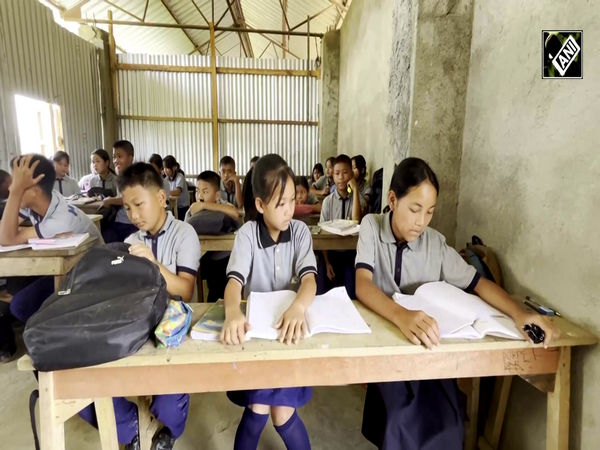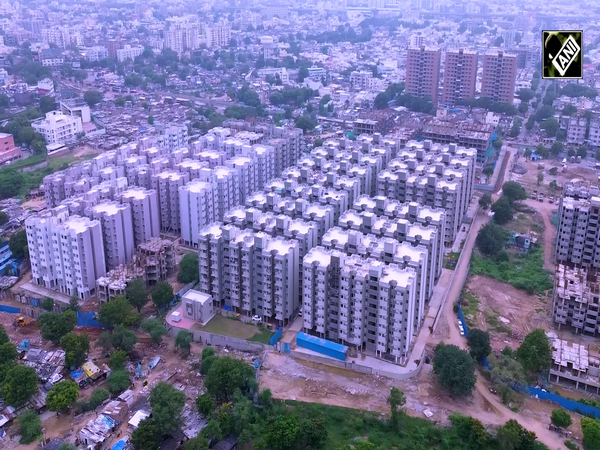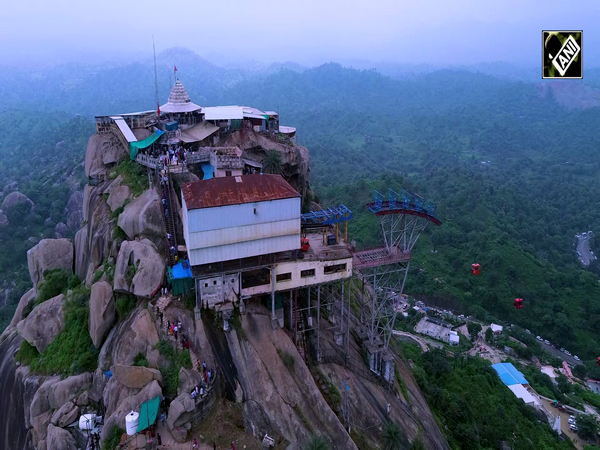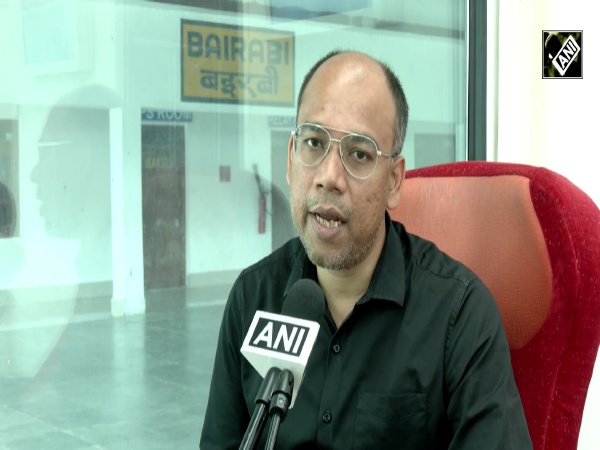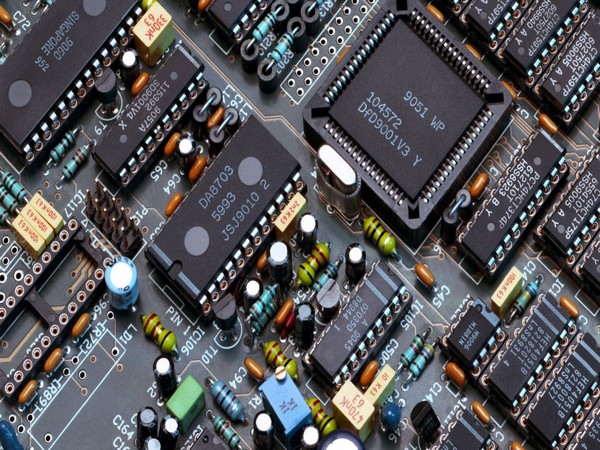
Semicon 2.0 in pipeline to boost India's chips ecosystem
Aug 22, 2025
New Delhi [India], August 22 : The Ministry of Electronics and Information Technology (MeitY) has begun work on the next phase of India's semiconductor programme, Semicon 2.0, and is currently holding discussions with the Ministry of Finance and other stakeholders to finalise its contours.
Confirming the development, MeitY Secretary S Krishnan said 'Semicon 2.0' is in the pipeline.
Semicon 2.0 will build on the momentum created under the first phase.
The announcement comes ahead of Semicon India 2025, scheduled to be held from September 2-4 at Yashobhoomi, Delhi. Prime Minister Narendra Modi will inaugurate the event on September 2.
Under India Semiconductor Mission, or Semicon 1.0, the government had made an outlay of Rs 76,000 crore for the development of the semiconductor and display manufacturing ecosystem in the country.
The Secretary today said those Rs 75,000 crore outlay has almost been fully committed to projects unde.
Of those, Rs 64,000 crore were allocated for chip fabs, Rs 10,000 crore for the semiconductor lab, and Rs 1,000 crore for Design-Linked Incentive scheme
Some money is still left unutilized, and might accommodate 2-3 small projects, the secretary said.
As on date, the government has approved 10 semiconductor manufacturing projects with a cumulative investment of more than Rs 1.60 lakh crore in 6 states - Gujarat, Assam, Uttar Pradesh, Punjab, Odisha, and Andhra Pradesh.
India will see its first commercially made chips from new facilities before the end of this year, S Krishnan, Secretary, Ministry of Electronics and IT, said Friday, briefing media ahead of the Semicon India 2025.
In separate news, the Ministry of Electronics and Information Technology (MEITY) announced today that the government may unveil two to three small semiconductor projects in the coming period, as the nation's ambitious semiconductor manufacturing program gains momentum.
Secretary S Krishnan, responding to queries from ANI, revealed that leftover funds from the India Semiconductor Mission 1.0 could potentially accommodate these additional projects.

